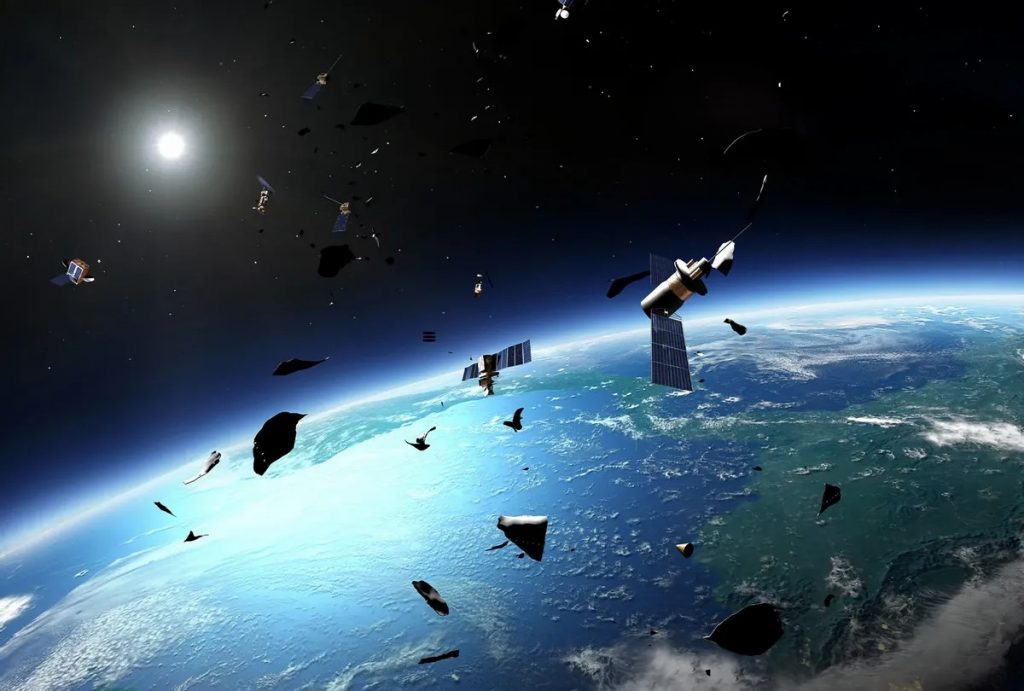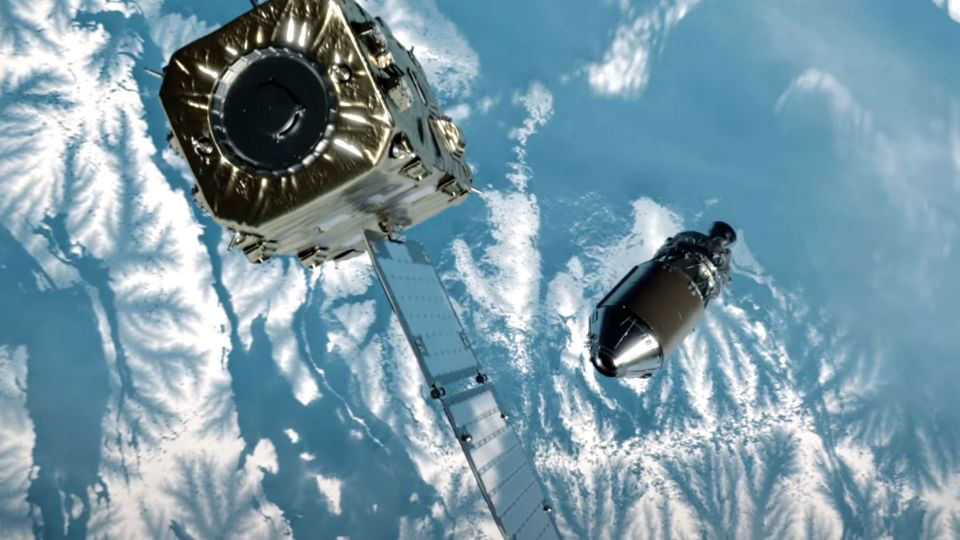Space Debris: A Growing Threat to Earth’s Skies and Climate

Gazing at the night sky was once a refuge from Earth’s disturbances, but that’s changing rapidly.
Nearly seven decades post-Sputnik, the abundance of space-bound machinery has astronomers concerned about light pollution obstructing celestial observation.
Additionally, space debris, numbering around 30,000 objects larger than a softball, poses a significant threat, hurtling through space at astonishing speeds.
Recent scientific findings indicate that the commercial space race is altering the stratosphere, potentially harming the ozone layer and Earth’s climate.
“We can see the fingerprint of human space traffic on stratospheric aerosol,” remarked Troy Thornberry from NOAA’s Chemical Sciences Laboratory.
The study indicates that a significant portion of upper atmospheric particles now contain remnants of metal from rockets or satellites, hinting at potential adverse effects on the environment.
As humanity relies increasingly on space-based information, man-made debris is predicted to comprise half of stratospheric aerosols in the future, rivaling the natural contribution.
The transition from solid rocket boosters to kerosene-powered engines in commercial space endeavors has led to a surge in fossil fuel emissions.
Meanwhile, aging satellites contribute to the proliferation of space junk as they descend from orbit.
“We’re talking about constellations of thousands of satellites that each weigh a ton or so, and when they come down they’re acting like meteoroids,” explained Thornberry.
With over 8,300 satellites currently orbiting Earth, projections vary widely on the number of future launches, ranging from 20,000 to over 478,000 by 2030.

The specter of “Kessler Syndrome,” where escalating debris collisions render space launches untenable, looms large.
Objects in low-earth orbit move at immense speeds, posing risks even from minute debris. Astroscale, a company specializing in orbital debris removal, is pioneering solutions to mitigate this threat.
“In the Gold Rush, it was the folks that made the pickaxes and the shovels that often did better than the prospectors,” remarked Ron Lopez, president of Astroscale US.
Their efforts include innovative technologies like satellites equipped with magnets to capture and remove debris, offering a glimpse into a future where space sustainability is prioritized.
Despite these challenges, a symbolic endeavor is on the horizon: the launch of the world’s first biodegradable satellite, crafted primarily from wood.
As Earth grapples with pollution crises, this initiative underscores the imperative for responsible space exploration.
Source-CNN





